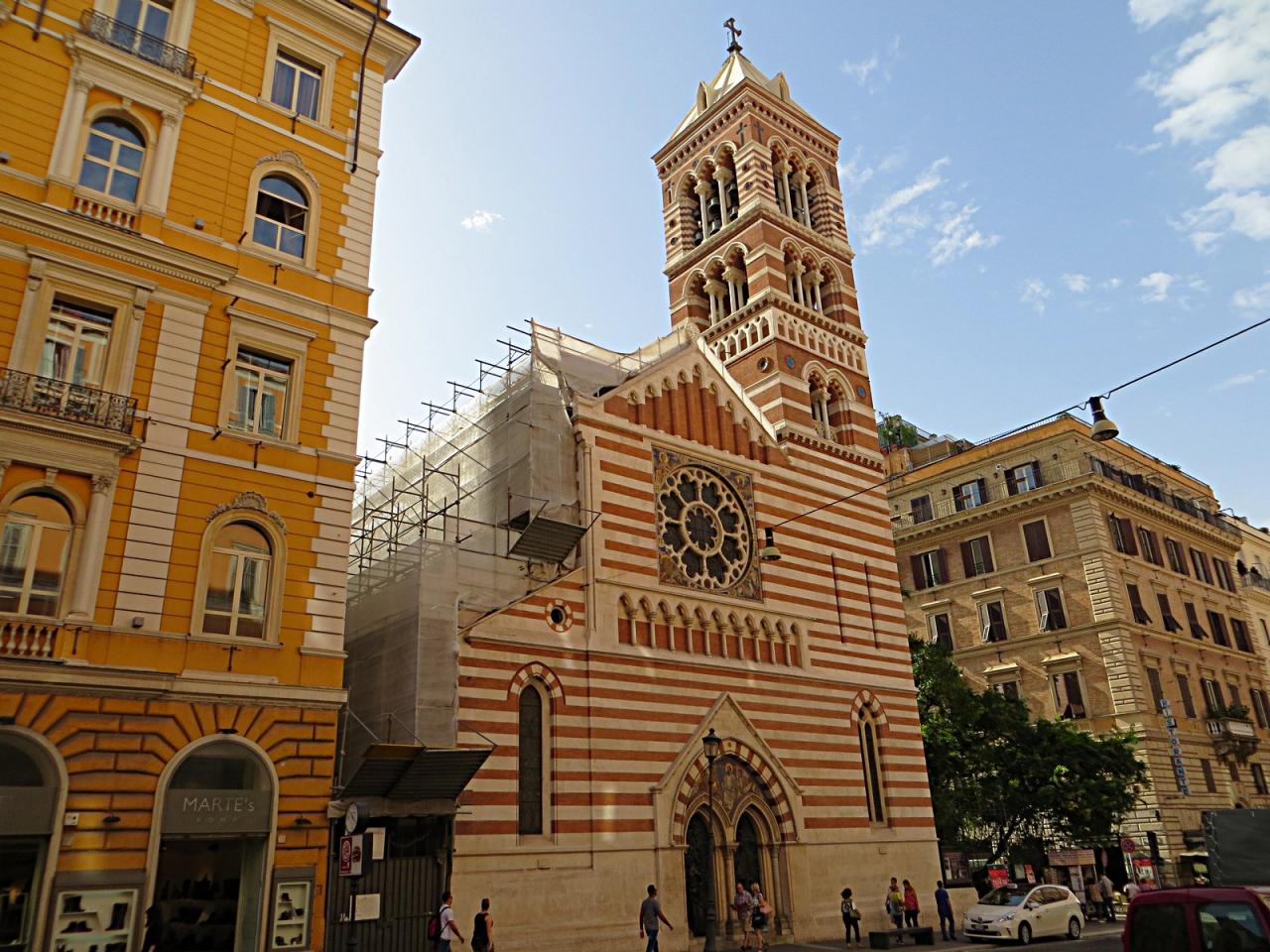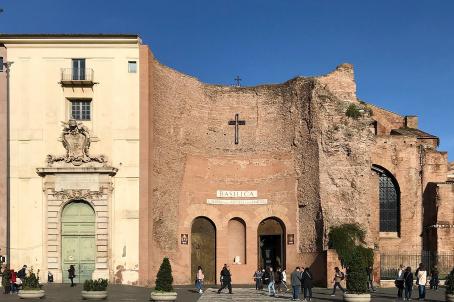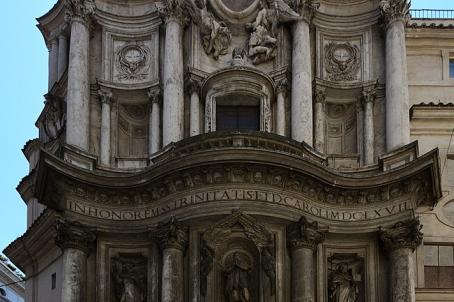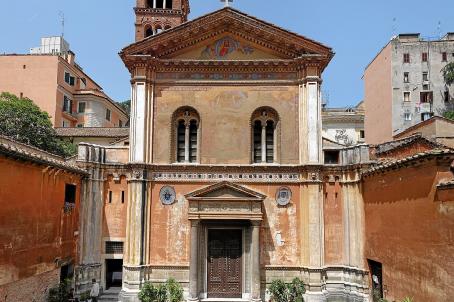Church of St. Paul Within the Walls
St. Paul Within the Walls is an Anglican church built from 1873 to 1880 in the neo-Romanesque-Gothic style. It is an Episcopal church in America, the first non-Catholic church built in Rome after the unification of Italy in 1861.






